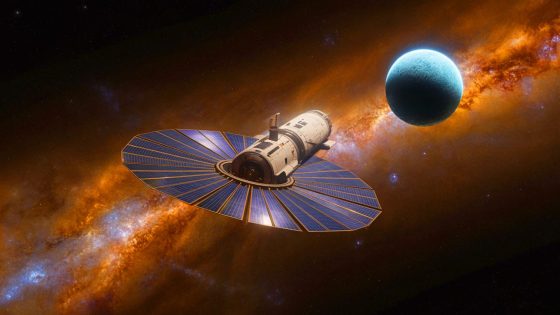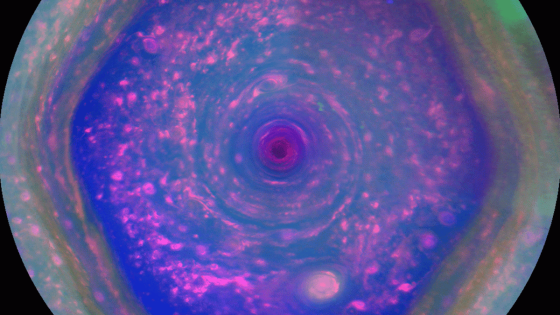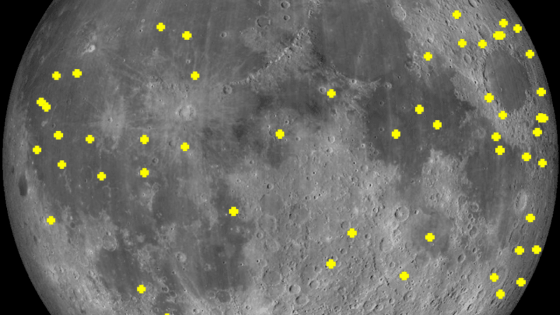Scientists are exploring innovative propulsion methods to reach Sedna, a distant dwarf planet in our solar system. This unique celestial body, named after the Inuit goddess of the ocean, offers a rare opportunity to unlock secrets about the early solar system.
- Scientists propose nuclear fusion and solar sails.
- Sedna offers insights into early solar system.
- Nuclear propulsion faces engineering challenges.
- Solar sails utilize sunlight for propulsion.
- Sedna exploration could reshape planetary science.
- Mission requires international collaboration and resources.
With Sedna’s next closest approach to the Sun set for 2076, researchers are eager to capitalize on this moment. A recent study, published on 2025-07-05 01:16:00, outlines two experimental propulsion concepts: nuclear fusion and solar sails, which could significantly reduce travel time.
Exploring Sedna raises intriguing questions about our solar system’s formation. What insights could we gain from this icy world? The mission could reshape planetary science and inspire future exploration. Key points include:
- Nuclear fusion could provide high thrust and efficiency.
- Solar sails utilize sunlight for propulsion, minimizing fuel needs.
- Both methods could reduce travel time to seven years.
- Insights from Sedna may reveal the building blocks of planets.
As we advance our technological capabilities, the journey to Sedna could pave the way for deeper exploration of our universe. Are we ready to uncover the mysteries that await US?































